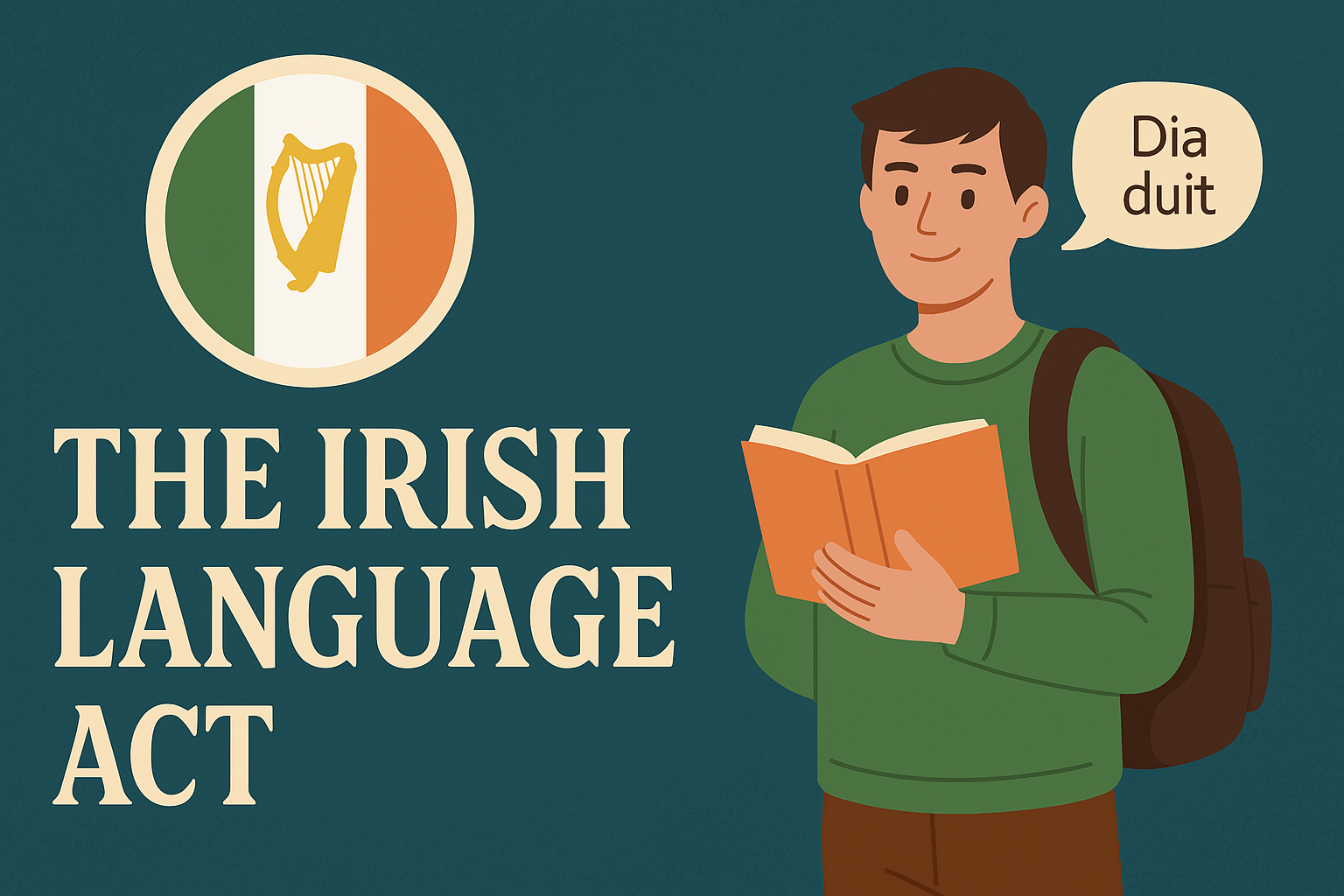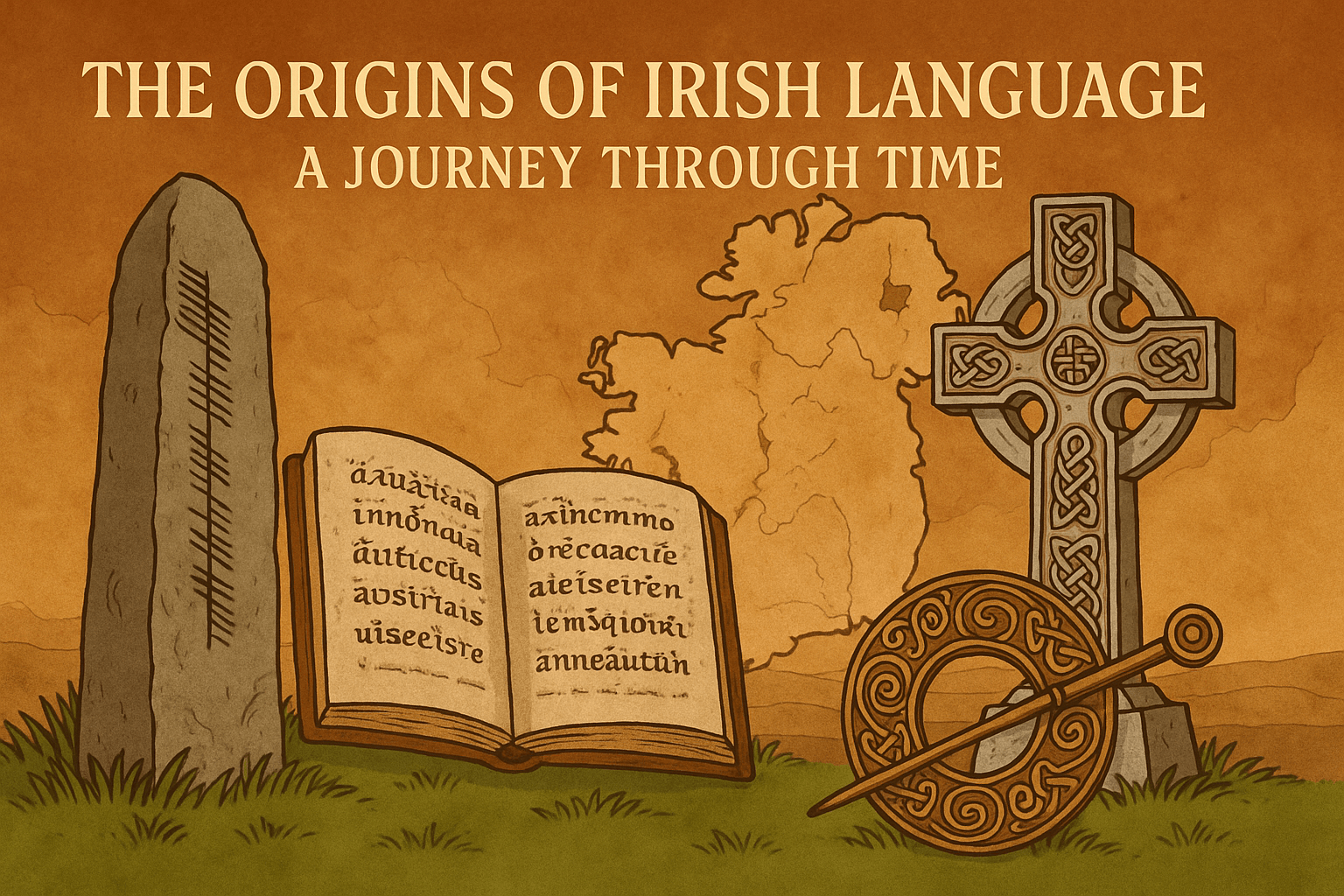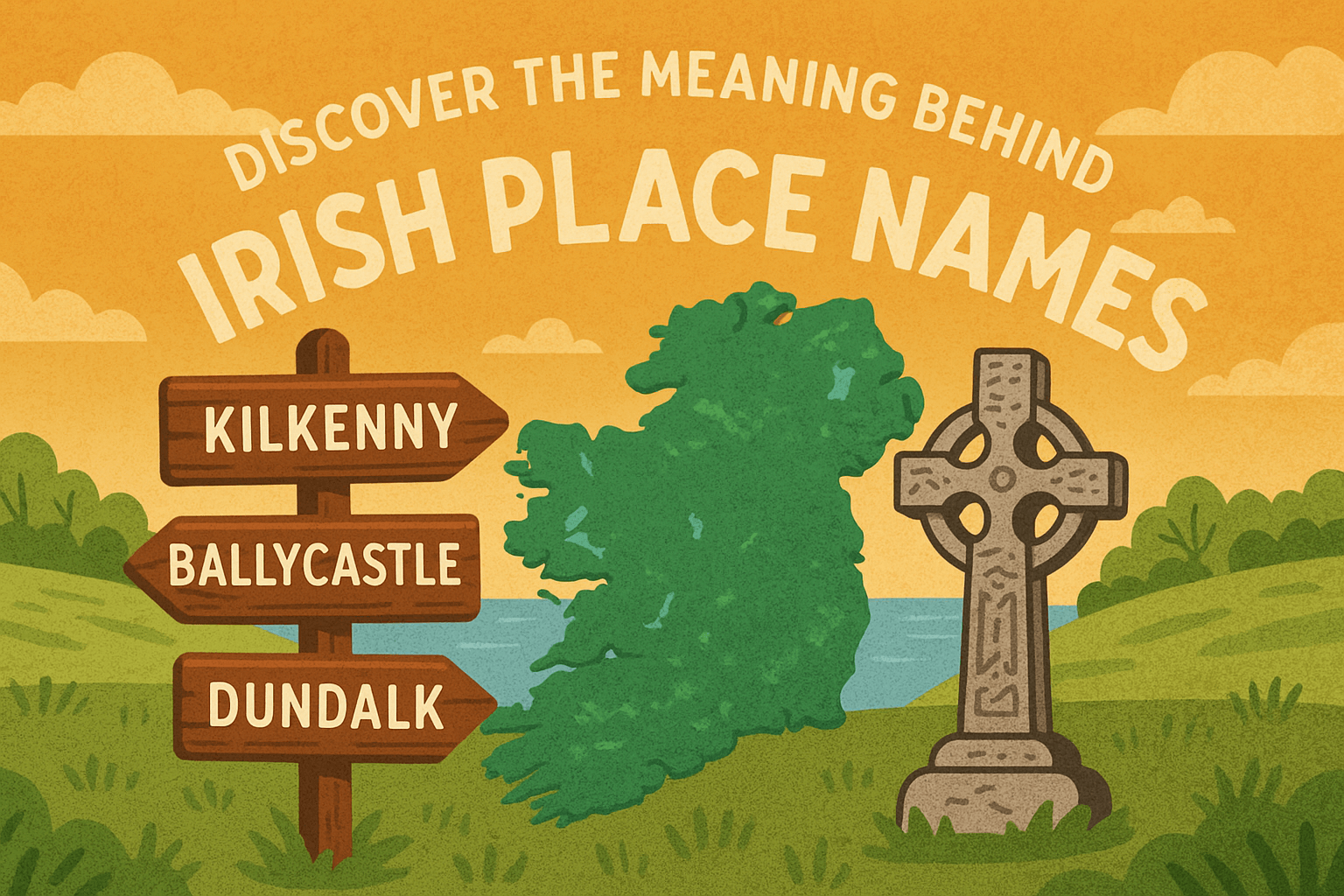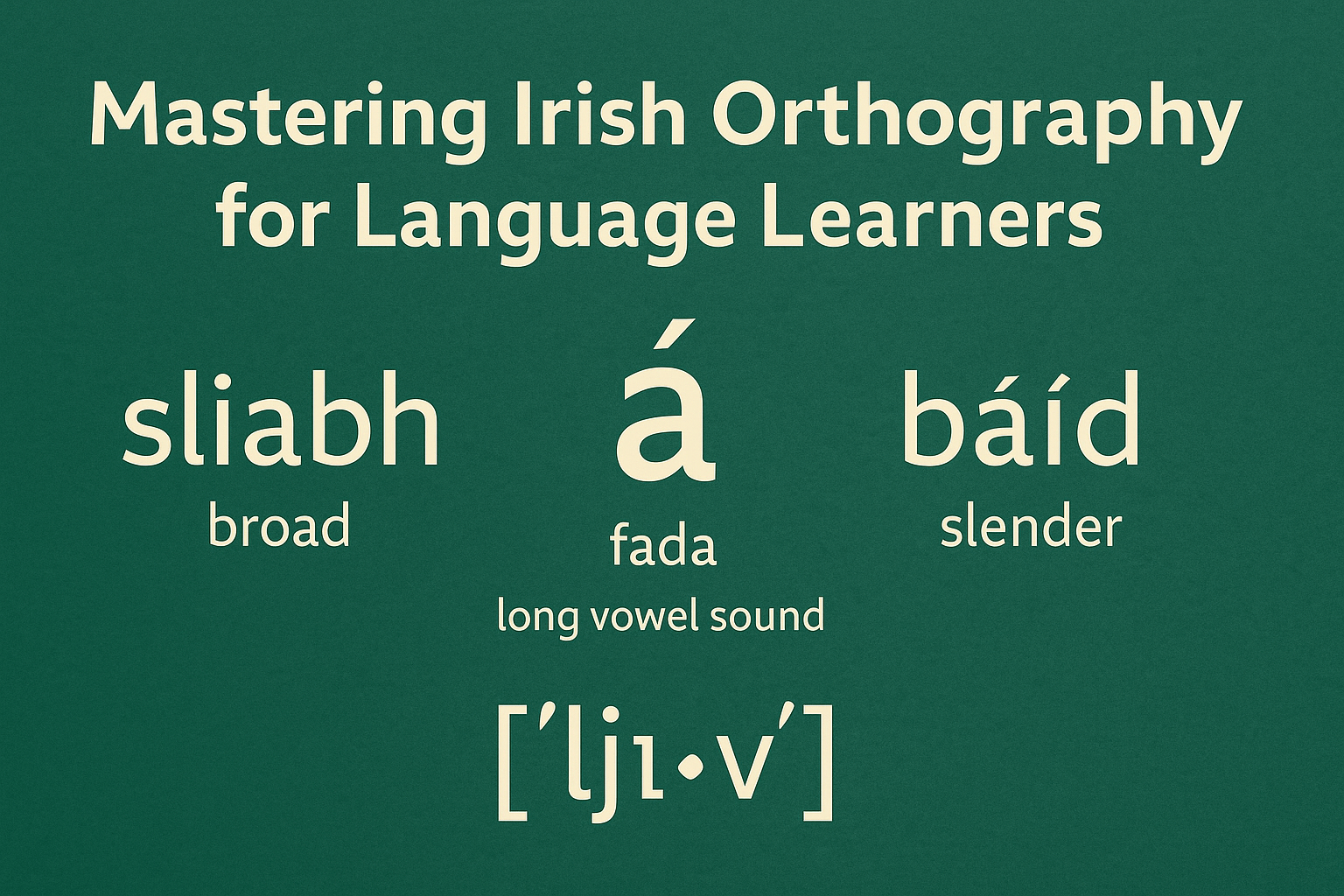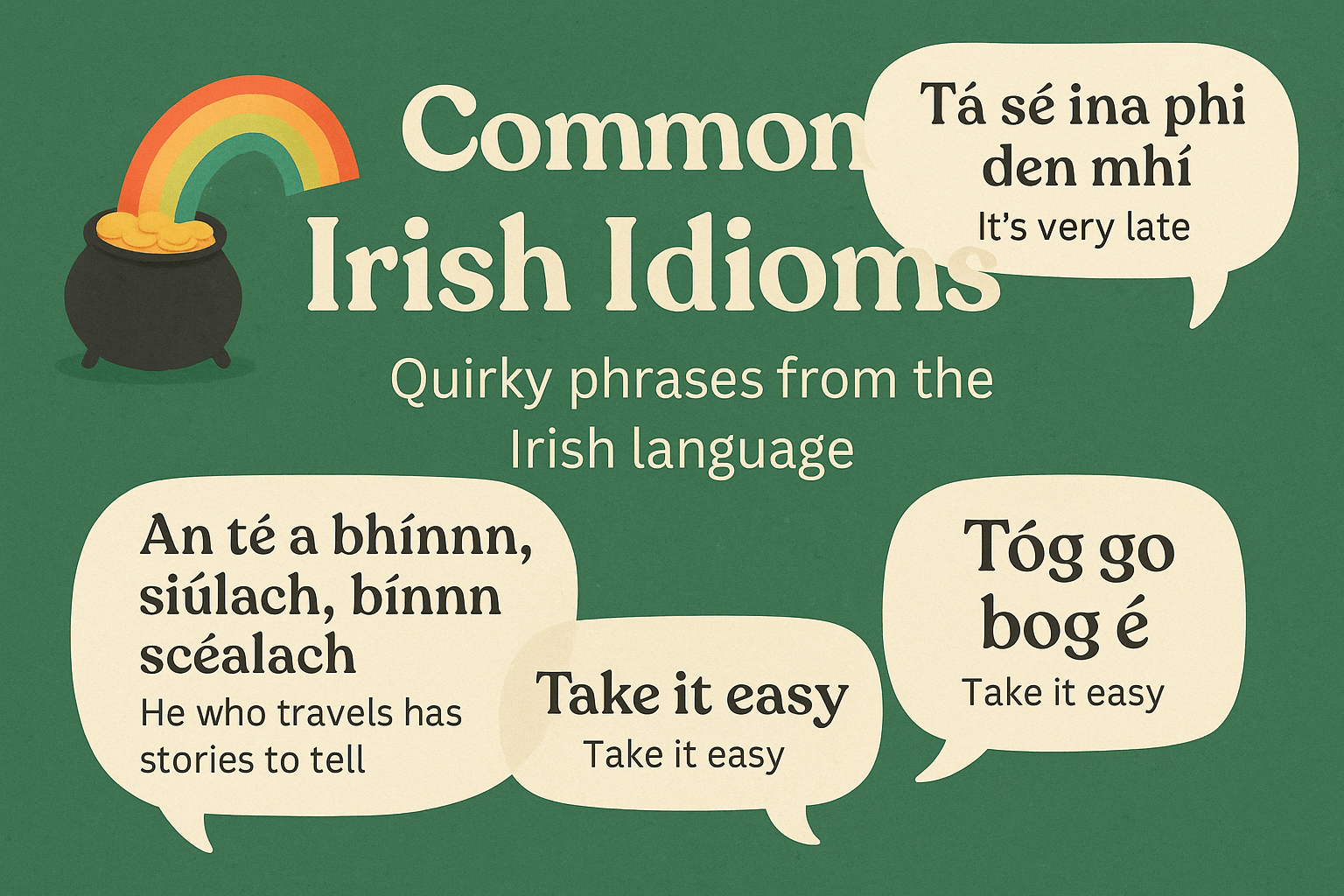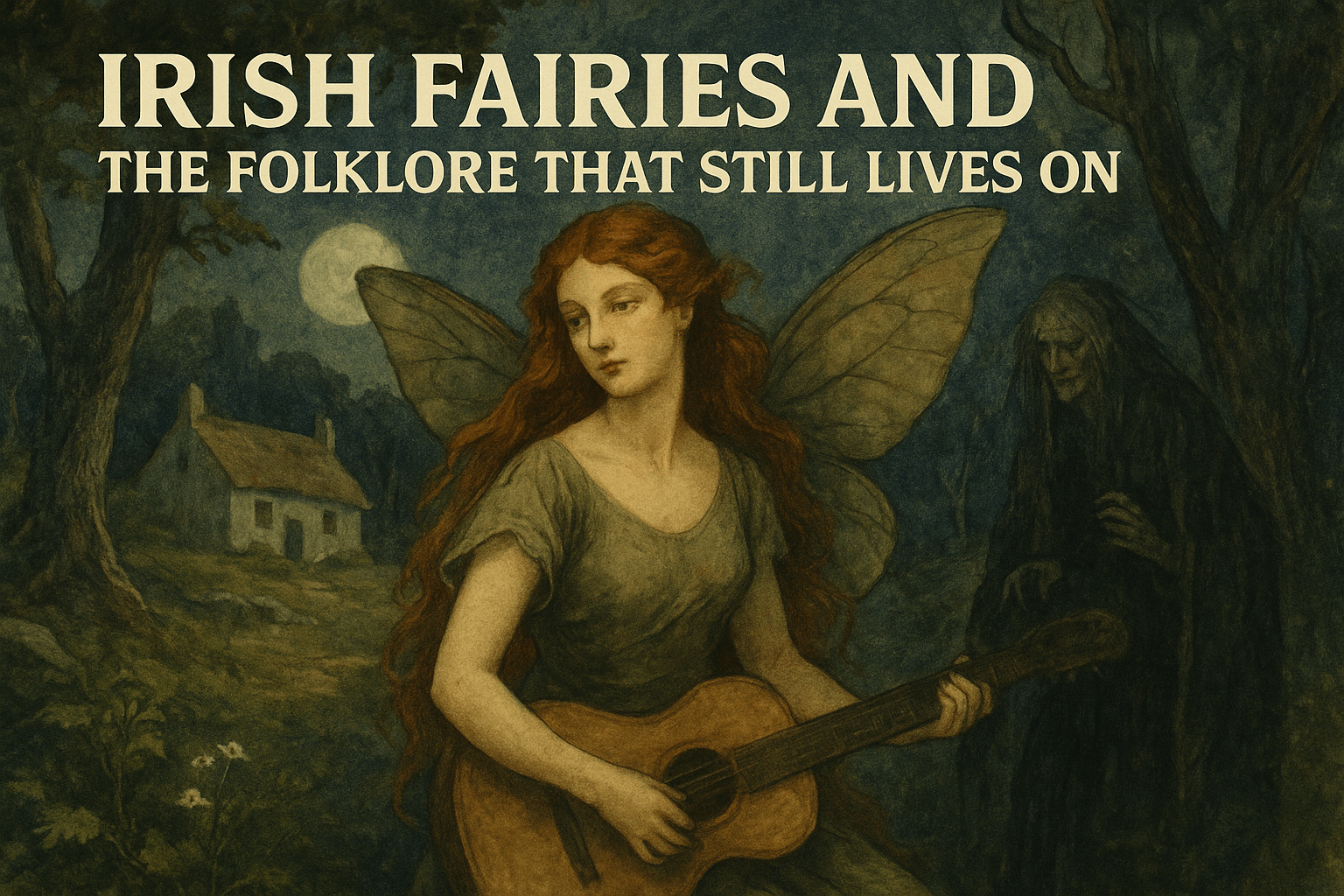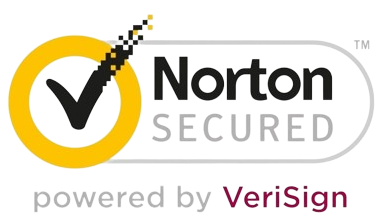For decades, the fight for official recognition and protection of the Irish language in Northern Ireland has been both political and deeply personal. The passing of the Irish Language Act marks a pivotal moment in that journey. For learners and native speakers alike, the Act is more than legal reform—it’s a powerful cultural affirmation.
But what does the Irish Language Act actually do? And how can it inspire your journey as an Irish language learner? In this post, we’ll explore the origins of the legislation, what it means in practical terms, and how it supports the ongoing revival of Irish (“Gaeilge”).
What Is the Irish Language Act?
The Irish Language Act refers to legislation passed in the UK Parliament as part of the New Decade, New Approach agreement, which aimed to restore Northern Ireland’s devolved government in 2020. After years of campaigning by language advocates, the British government formally committed to enacting legal protections for the Irish language.
The law was officially enacted as part of the Identity and Language (Northern Ireland) Act 2022, which also includes protections for Ulster Scots. This marked the first time the Irish language was given official status within a legal framework in Northern Ireland.
Key Provisions of the Act
Here are some of the Act’s most important features:
1. Commissioner for the Irish Language
An independent commissioner is appointed to monitor public authorities and promote the use of Irish in public life.
2. Language Standards for Public Bodies
Public authorities in Northern Ireland are required to adhere to language standards, making services more accessible to Irish speakers.
3. Legal Recognition of Irish Place Names
The Act allows for bilingual signage and the use of Irish names for streets, buildings, and districts, reflecting cultural heritage.
4. Cultural and Educational Support
Additional funding and resources are allocated for Irish-medium education, broadcasting, and cultural programming.
These changes align with broader European principles on minority languages, including those supported by the Council of Europe’s Charter for Regional or Minority Languages.
Why the Irish Language Act Matters
For many, the Irish Language Act is about far more than language.
- Cultural Identity: It affirms the legitimacy of Irish heritage and expression in Northern Ireland.
- Educational Opportunities: It opens doors for Irish-medium education and lifelong learning.
- Equal Access: It ensures Irish speakers can engage with government services in their native language.
- Symbolic Recognition: It acknowledges the historical marginalization of Irish and offers a path to healing.
In short, it’s a celebration of identity, equality, and resilience—core values shared by many Irish learners worldwide.
How It Impacts Irish Learners
Whether you’re a heritage speaker or just beginning your Gaeilge journey, the Irish Language Act creates momentum for the language’s growth and visibility.
Practical Benefits:
- More learning resources and funding
- Increased visibility of Irish in public spaces
- Expanded job opportunities in education, translation, media, and government
- Greater confidence among learners and speakers
These benefits extend beyond Northern Ireland. As more institutions embrace bilingualism, the prestige and accessibility of the Irish language increase across Ireland and in global Irish communities.
The Role of Technology in Supporting the Act
At Gaeilgeoir AI, we believe that legislation alone isn’t enough—learners need accessible, engaging tools to thrive. That’s why we’re committed to offering AI-powered resources that:
- Adapt to your learning style
- Offer pronunciation and grammar help
Want to take your next step? Explore our Creative Ways to Learn Gaeilge and see how we make language learning fun and meaningful.
A Brief History of Language Rights in Ireland
To appreciate the significance of the Irish Language Act, it helps to understand the historical backdrop.
- Colonial Suppression: The Penal Laws (17th–18th centuries) marginalized Irish speakers.
- 19th-Century Decline: The Great Famine and emigration accelerated language loss.
- Gaelic Revival: Movements like Conradh na Gaeilge (founded 1893) began restoring pride in Gaeilge.
- Good Friday Agreement (1998): Recognized Irish as a valued part of Northern Ireland’s cultural wealth.
- Irish Language Act (2022): A legislative milestone after decades of grassroots activism.
How You Can Support the Irish Language
Whether you’re based in Belfast, Boston, or Brisbane, you can support the aims of the Irish Language Act by:
- Learning Gaeilge – Start with basic phrases and build from there.
- Using Irish in daily life – Greet friends with “Dia dhuit” or say “Slán” when parting.
- Encouraging bilingual signage in your community.
- Supporting Irish-language media and authors.
- Sharing your progress on social media to raise awareness.
Connect With Other Irish Learners
The Irish Language Act reminds us that language is a shared cultural treasure. Connect with others who are on the same path, ask questions, and celebrate small victories.
You can even join our Gaeilgeoir AI community to gain access to free tools, personalized lessons, and discussion spaces designed to support every stage of your learning journey.
Final Thoughts
The Irish Language Act is a significant leap forward in promoting and protecting Gaeilge in Northern Ireland and beyond. For learners, it brings new opportunities, renewed visibility, and a deeper connection to Irish identity and history.
At Gaeilgeoir AI, we celebrate this progress and stand ready to help learners like you thrive.
Ready to begin? Sign up today and experience a smarter way to connect with the Irish language.
